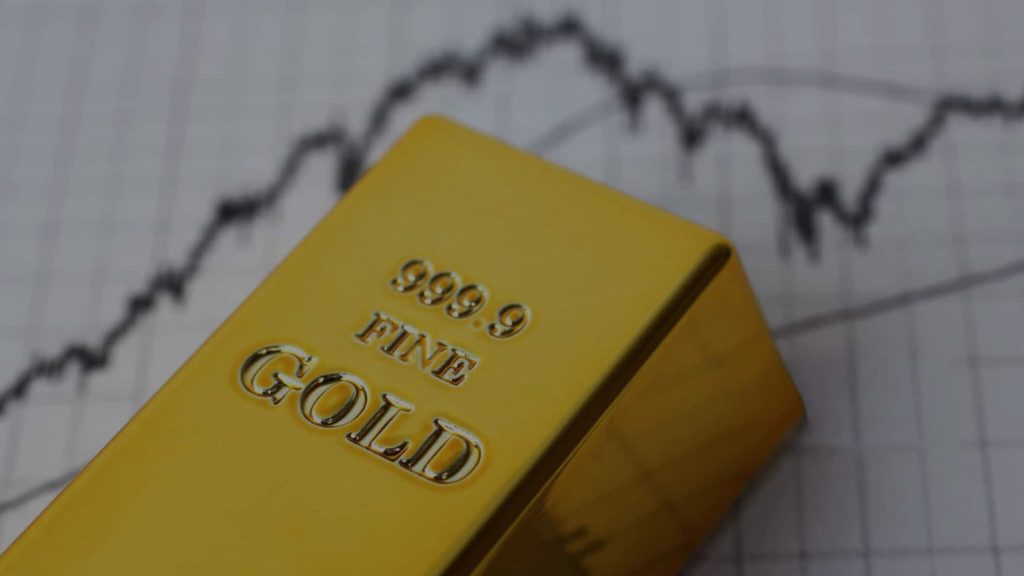| Procure investment-grade 1kg gold bars at spot +0.25%. Enquire within. |
| Procure investment-grade 1kg gold bars at spot +0.25%. Enquire within. |

Several key factors have contributed to gold’s price ascent beyond $2,100 an ounce. Central among these are global economic uncertainties, including inflation fears, currency devaluation, and geopolitical tensions. Investors often turn to gold as a safe-haven asset during times of economic instability, and these conditions have bolstered demand.
Inflation has been a critical driver, with rising consumer prices eroding the value of fiat currencies. Gold is traditionally viewed as an inflation hedge, retaining its value while the purchasing power of paper money declines. Additionally, geopolitical unrest, such as international conflicts or political instability in major economies, has led investors to seek the relative safety of gold.
The psychological impact of gold crossing the $2,100 threshold cannot be understated. This price level serves as a significant psychological barrier, and its breach may alter market sentiment, leading to increased investment in gold. The perception of gold as a safe and lucrative investment can drive demand higher, further elevating prices.
Moreover, the investment landscape for gold has broadened, with various instruments such as gold ETFs, sovereign gold bonds, and digital gold platforms gaining popularity. These instruments offer easier access to gold investments, attracting a wider range of investors and influencing overall market dynamics.
Monetary policies, particularly those of major central banks like the U.S. Federal Reserve, play a crucial role in gold pricing. Low interest rates and quantitative easing tend to devalue currencies and reduce bond yields, making gold more attractive as an investment. As central banks navigate the challenges of post-pandemic economic recovery, their policy decisions will significantly impact gold’s price trajectory.
Looking ahead, the sustainability of gold prices above $2,100 an ounce depends on a complex interplay of factors. While the current drivers may support high prices in the short term, any significant economic recovery or shift in monetary policy could affect gold’s appeal. Moreover, advancements in gold mining technology and recycling could impact supply dynamics, influencing prices.
Investor behavior will also play a critical role. If gold continues to provide strong returns, it will likely attract more investment, supporting higher prices. However, if investors start to perceive better opportunities in other assets, such as equities or cryptocurrencies, gold could face downward pressure.
Gold’s breach of the $2,100 mark is a significant event that reflects its enduring value and appeal in uncertain times. While the current economic and geopolitical climate supports high gold prices, investors must remain vigilant to the myriad factors that could influence its future value. As the market adapts to gold’s new pricing reality, understanding these dynamics will be crucial for anyone looking to invest in or analyze the precious metals market.
Protect yourself during inflation, by buying gold with the help of our consultants and financial analysts. Track the latest gold updates and our team will work with you to secure your investment and protect it from inflation. Buy gold with InProved here, or reach out to us by clicking on the button below.
About Us
Information
Individual Solutions
Commercial Solutions